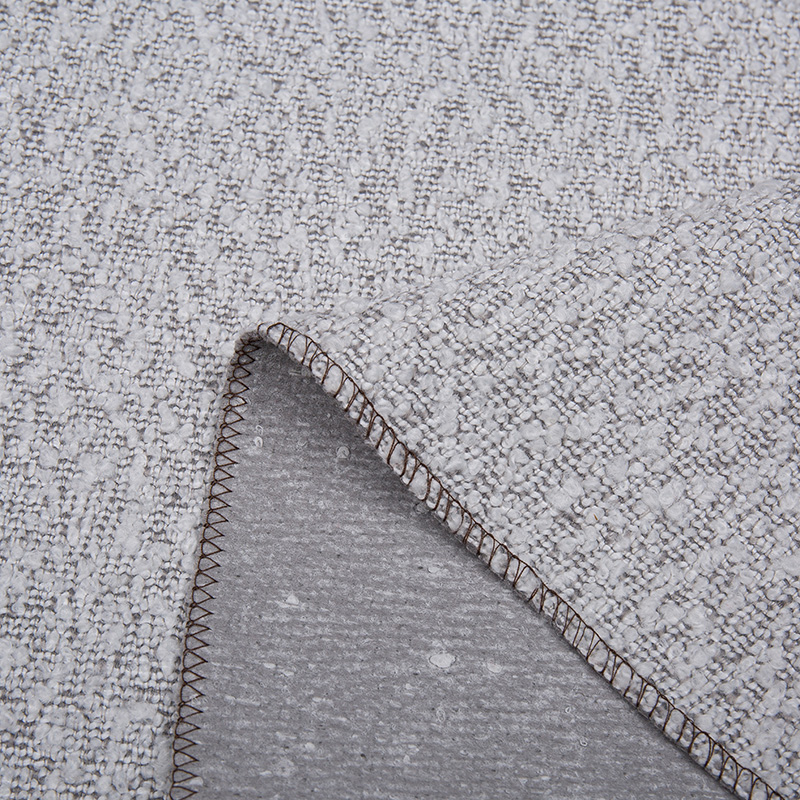 By Admin
By Admin
In the world of textiles, color masterbatch woven fabric has emerged as a revolutionary material, offering a wide range of benefits and applications. This article delves into the various aspects of color masterbatch woven fabric, including its composition, manufacturing process, advantages, and applications.
What is Color Masterbatch Woven Fabric?
Color masterbatch woven fabric is a type of fabric that is produced by incorporating color masterbatches into the base polymer during the manufacturing process. Color masterbatches are concentrated mixtures of pigments, additives, and a carrier resin that are used to color plastics and other materials. By adding color masterbatches to the polymer, the fabric can be given a specific color and appearance.
Manufacturing Process
The manufacturing process of color masterbatch woven fabric involves several steps. First, the base polymer, such as polyethylene (PE), polypropylene (PP), or polyester (PET), is melted and mixed with the color masterbatch. The mixture is then extruded through a spinneret to form filaments. These filaments are then spun into yarns, which are woven or knitted into fabric.
Advantages of Color Masterbatch Woven Fabric
Superior Color Fastness
One of the major advantages of color masterbatch woven fabric is its superior color fastness. Since the color is added to the polymer at the molecular level, it is more resistant to fading, washing, and sunlight exposure compared to fabrics that are dyed after weaving. This makes color masterbatch woven fabric ideal for applications where long-lasting color is required, such as outdoor furniture, automotive interiors, and industrial textiles.
Consistent Color
Color masterbatch woven fabric also offers consistent color throughout the fabric. The color masterbatch is evenly distributed in the polymer, ensuring that every part of the fabric has the same color and shade. This eliminates the problem of color variation and ensures a high-quality finish.
Cost-Effective
Using color masterbatch in the manufacturing process can be cost-effective in the long run. Since the color is added during the extrusion process, there is no need for additional dyeing or printing steps, which can save time and money. Additionally, the use of color masterbatch can reduce the amount of waste generated during the manufacturing process, as there is no need to dispose of excess dye or printing chemicals.
Customization
Color masterbatch woven fabric allows for a high degree of customization. Manufacturers can choose from a wide range of colors and shades to create fabrics that meet the specific needs of their customers. Additionally, color masterbatch can be combined with other additives, such as UV stabilizers, flame retardants, and antibacterial agents, to create fabrics with additional functional properties.

Applications of Color Masterbatch Woven Fabric
Outdoor Furniture
Color masterbatch woven fabric is commonly used in the production of outdoor furniture, such as patio chairs, umbrellas, and awnings. The fabric's superior color fastness and resistance to fading make it ideal for outdoor use, where it is exposed to sunlight, rain, and other environmental factors.
Automotive Interiors
Color masterbatch woven fabric is also used in the automotive industry for interior applications, such as seat covers, door panels, and headliners. The fabric's consistent color and durability make it a popular choice for automotive manufacturers, as it can withstand the wear and tear of daily use.
Industrial Textiles
Color masterbatch woven fabric is widely used in the industrial sector for applications such as conveyor belts, tarpaulins, and geotextiles. The fabric's strength, durability, and resistance to chemicals make it suitable for use in harsh industrial environments.
Fashion and Apparel
Color masterbatch woven fabric is increasingly being used in the fashion and apparel industry for applications such as sportswear, outdoor clothing, and accessories. The fabric's ability to hold color and its functional properties make it a popular choice for designers who are looking for innovative materials to use in their designs.
Comparison with Traditional Dyeing Methods
| Comparison Aspect | Color Masterbatch Woven Fabric | Traditional Dyeing Methods |
| Color Fastness | Superior, as color is added at molecular level | Lower, prone to fading with use and washing |
| Color Consistency | Consistent throughout the fabric | May have some color variation |
| Cost | Cost-effective in long run, fewer processing steps | Higher cost due to additional dyeing steps |
| Customization | High degree of customization possible | Limited customization options |
| Environmental Impact | Reduces waste, no excess dye chemicals | Generates more waste from dye disposal |
Future Trends
As technology continues to advance, the future of color masterbatch woven fabric looks promising. New developments in color masterbatch technology are expected to result in fabrics with even better color fastness, durability, and functional properties. Additionally, the demand for sustainable and eco-friendly textiles is increasing, and color masterbatch woven fabric is well-positioned to meet this demand.
Conclusion
Color masterbatch woven fabric offers a wide range of advantages over traditional textile materials. Its superior color fastness, consistent color, cost-effectiveness, and customization options make it a popular choice for a variety of applications. As the demand for high-quality, functional textiles continues to grow, color masterbatch woven fabric is likely to play an increasingly important role in the textile industry.
+86-18262539999(Meng Lin)